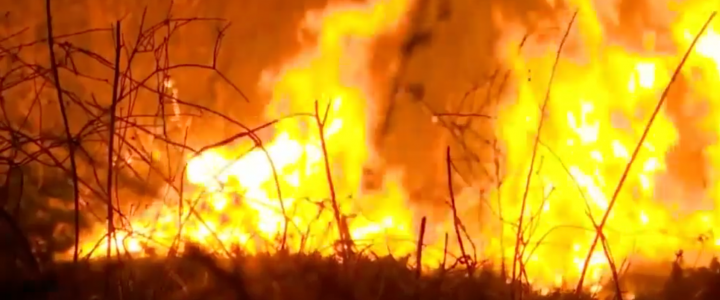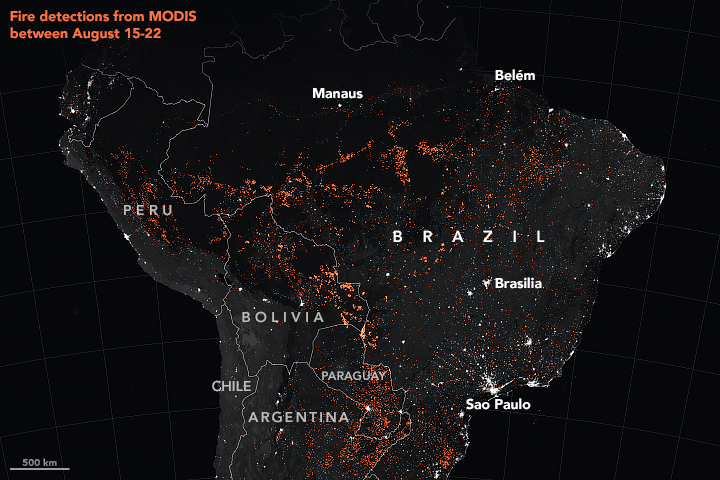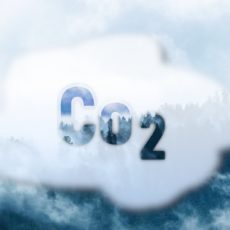
By now, we’ve all heard about the wildfires raging in the Amazon rainforest in South America. We’ve heard some pretty terrifying statistics, seen social media go wild, and watched the players on the world political stage enact their own personal dramas – and all the while, the rainforest continues to burn.
Today, we break it all down for you: Where is the Amazon Rainforest? Why is it important? What is actually happening? And what can YOU do to help?
To begin with, where is the Amazon rainforest located?

Though much of the media coverage focuses on Brazil, the Amazon rainforest actually comprises a mass of land 2.1 million square miles large that also extends into Ecuador, Columbia, Peru, Venezuela, Bolivia, Guyana, Suriname, and French Guiana.
http://enviro-map.com/amazon-rainforest
Why is the Amazon rainforest important anyway?
Well, the Amazon is home to an unparalleled diversity of life, including 40,000 species of plants, 400 species of mammals, 1,300 species of birds, and 2.5 million species of insects – talk about bugs!

These numbers represent 10% of all plant and animal species known on Earth.
In addition, the Amazon rainforest contributes around 20% of the world’s oxygen produced by photosynthesis on land, which is why you’ll hear it described as the “lungs of our planet”, and stores approximately 100 billion metric tons of carbon – more than ten times the annual global emissions from fossil fuels. As a carbon sink, the Amazon is incredibly important in storing and preventing carbon from entering the atmosphere and further fueling climate change. Losing the Amazon means more carbon emissions and a warmer world.
In short, the planet needs the Amazon rainforest.
So, what is actually happening in the Amazon right now?
Recently released satellite images taken from the International Space Station have shown 2019 to be the most active fire year in the Amazon since 2010, with indications that it will reach a record number of fires, according to NASA. Not only that, but the fires are burning more intensely than in previous years. You can literally see the smoke from these fires from space.
You may have heard that forest fires can be a natural part of a forest’s life cycle, and in the case of “fire-dependent” ecosystems, this is absolutely true; fire plays an important role in nutrient cycling, diversity maintenance, and habitat structure. But the key here is that life in these particular ecosystems has adapted to fire. For example, the cones of several species of evergreen tree need to be exposed to high temperatures to release their seeds.
This is NOT the case in the Amazon. The Amazon rainforest did not evolve to be fire-adapted or dependent.
The charcoal record of the Amazon points towards infrequent fires, and the 8,000 or more Amazonian tree species have none of the evolutionary adaptations to fire found in fire-dependent ecosystems. This relatively fire-free history is thanks to the Amazon’s natural moisture and humidity.
But why are fires burning now?
Wildfires there today are caused by a combination of droughts and human activity; the intensity and frequency of droughts in turn, have been linked with increases in regional deforestation and anthropogenic, or human-related, climate change.
When trees have less water during droughts, they shed extra leaves or die, leaving leaf litter and detritus on the forest floor. Without a dense canopy to retain moisture, much of the forest’s humidity is lost. Additionally, the practice of “selective logging” of specific tree species and “slash and burn” agriculture opens the canopy further, which also dries out the forest floor.
The smoke from the fires burning in the Amazon right now is absorbing sunlight, not only preventing it from reaching the ground, but also cooling the surface and heating the atmosphere. This process can suppress the formation of clouds and contribute to the drought cycle circling round once again.
Additionally, in the last 40 years, the Brazilian Amazon lost more than 18% of its rainforest to illegal logging, soy plantations, and cattle ranching. Brazil has become the single largest exporter of beef in the entire world, with huge swathes of rainforest land being cleared with fire to make room for more and more cows every year.
This all sounds pretty dire, and it is. But it’s not over for the Amazon or the Earth. Political leaders around the world are right now discussing actions to take to help stop the fires currently burning and to help prevent more. This year’s G7 summit just this week pledged millions in aid for the rainforest.
So, what can YOU do?
– Donate to Organizations who are working to protect the Amazon rainforest and its inhabitants, and promote sustainability like Amazon Watch, the Rainforest Alliance, and the World Wildlife Fund. You can find links to check these out below.
– Buy products that help protect against deforestation. Look for products that are certified by the Forest Stewardship Council (FSC) and/or the Rainforest Alliance (RA).
– If you’re going to join the social media discussion, do it responsibly. Make sure your images and articles are sourced correctly. Spreading incorrect news is worse than no news, as some pretty famous celebs found out when they shared images of the wrong forests burning or the right forest in the wrong year.
– Ok, so, this one might be a tough one, but eat less beef. Many of the fires are believed to have been set by ranchers looking to clear land to raise cattle, as well as soy plants, which are used to make cattle feed. If there is less demand, there will be less need for supply.
Have any other ideas? We’d love to hear all about them! Please, share them with @greenswrm on Twitter and Instagram, and @GSwrm on Facebook!






